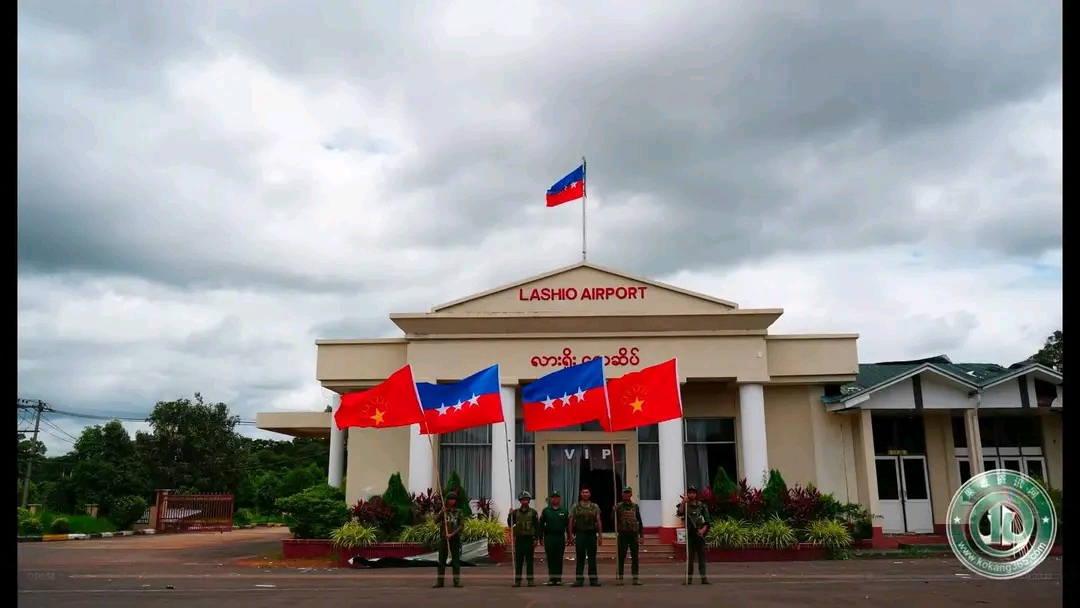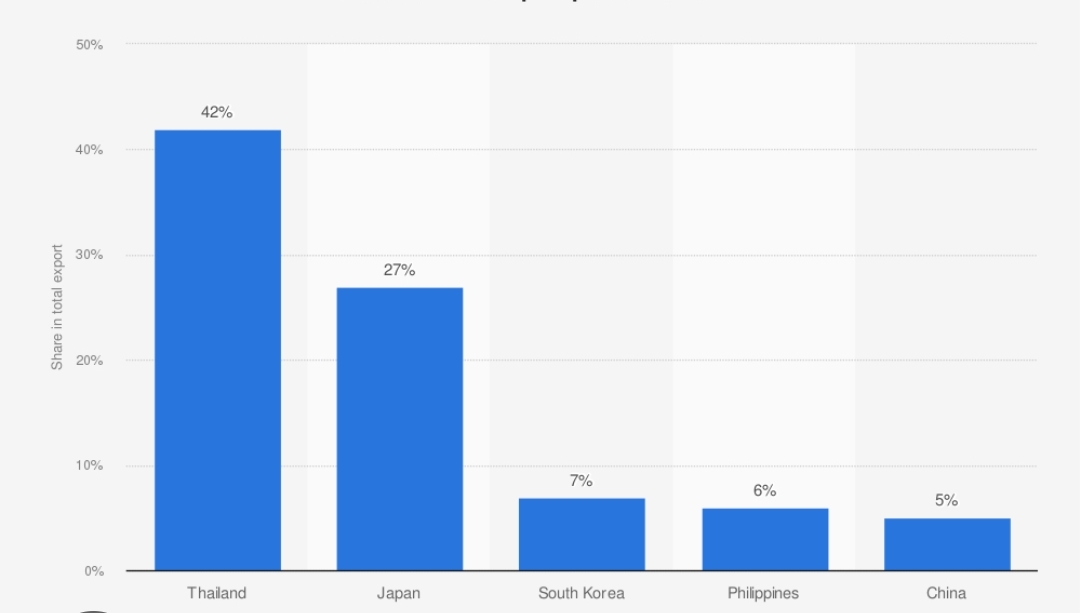
Vanuatu’s main trading countries
Vanuatu, a Pacific island nation, has an economy heavily reliant on agriculture, tourism, and fisheries, with trade playing a key role in its development. The country’s geographical isolation and small market size mean its trade relationships are primarily regional and tailored to its specific economic strengths. Here’s an overview of Vanuatu’s main trading countries:
Exports and Main Trading Partners
Vanuatu’s main exports include copra, kava, beef, cocoa, timber, and fish. These products are typically exported to nearby countries and key international markets:
1. Australia
Australia is one of Vanuatu’s largest trading partners. It imports Vanuatu’s beef and agricultural products like kava and copra. Vanuatu benefits from trade agreements with Australia, such as the Pacific Agreement on Closer Economic Relations (PACER Plus), which facilitates tariff-free access for its exports.
2. New Zealand
Another close trading partner, New Zealand imports Vanuatu’s agricultural and seafood products. Both countries are part of regional trade agreements, which encourage economic cooperation and trade.
3. Fiji
As a regional hub, Fiji plays a significant role in Vanuatu’s trade. Vanuatu exports agricultural products to Fiji, while Fiji serves as a source of processed goods and re-exports.
4. Japan
Japan is a significant market for Vanuatu’s seafood, especially tuna. The country also imports timber and other natural resources from Vanuatu.
5. China
China has grown as a trading partner for Vanuatu in recent years. It imports natural resources and agricultural products while exporting machinery, electronics, and consumer goods to Vanuatu.
6. European Union
The EU, particularly countries like France, is a key export market for Vanuatu’s products under the Economic Partnership Agreement (EPA), which grants Vanuatu duty-free and quota-free access. The EU imports products like kava, cocoa, and coffee from Vanuatu.
Imports and Key Suppliers
Vanuatu imports a variety of goods, including machinery, fuel, food, vehicles, and manufactured goods. Its key suppliers include:
1. Australia
Australia is the largest supplier of goods to Vanuatu, exporting machinery, vehicles, and food products. The strong historical and economic ties between the two countries contribute to this trade relationship.
2. China
China is a major supplier of low-cost goods, such as electronics, clothing, and construction materials, which are essential for Vanuatu’s growing infrastructure needs.
3. New Zealand
New Zealand exports food, beverages, and agricultural equipment to Vanuatu, supporting both its consumption and farming sectors.
4. Singapore
Singapore serves as a key source of refined petroleum and fuel for Vanuatu, which is critical for the country’s transportation and energy needs.
5. Fiji
Fiji supplies processed food, beverages, and consumer goods to Vanuatu, benefiting from the proximity and strong regional trade ties.
6. Japan
Japan provides Vanuatu with vehicles and machinery essential for its agricultural and fishing industries.
Regional and International Trade Agreements
Vanuatu’s trade relationships are supported by its membership in several agreements:
Pacific Islands Forum (PIF)
Encourages economic integration among Pacific nations.
World Trade Organization (WTO)
Provides a platform for Vanuatu to engage in global trade.
Pacific Agreement on Closer Economic Relations (PACER Plus)
Enhances trade with Australia and New Zealand.
Challenges
Vanuatu faces challenges in diversifying its economy and reducing reliance on a few trading partners. Climate change and geographic remoteness add further complexity to its trade dynamics. However, ongoing investment in infrastructure and regional cooperation continue to strengthen its trading relationships.
In summary, Vanuatu’s main trading partners are dominated by nearby countries like Australia, New Zealand, and Fiji, along with larger global players like China, Japan, and the EU. These relationships play a critical role in shaping the nation’s economic landscape.




Leave a Reply